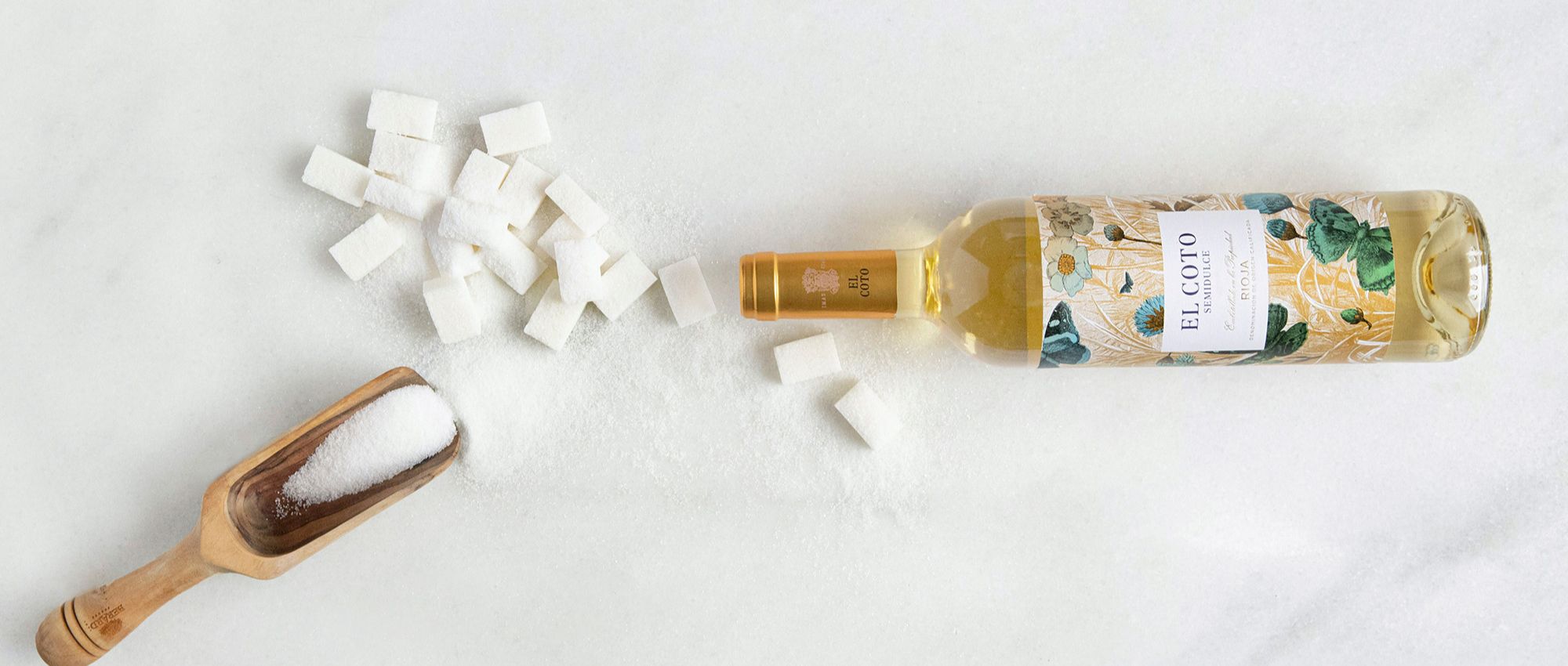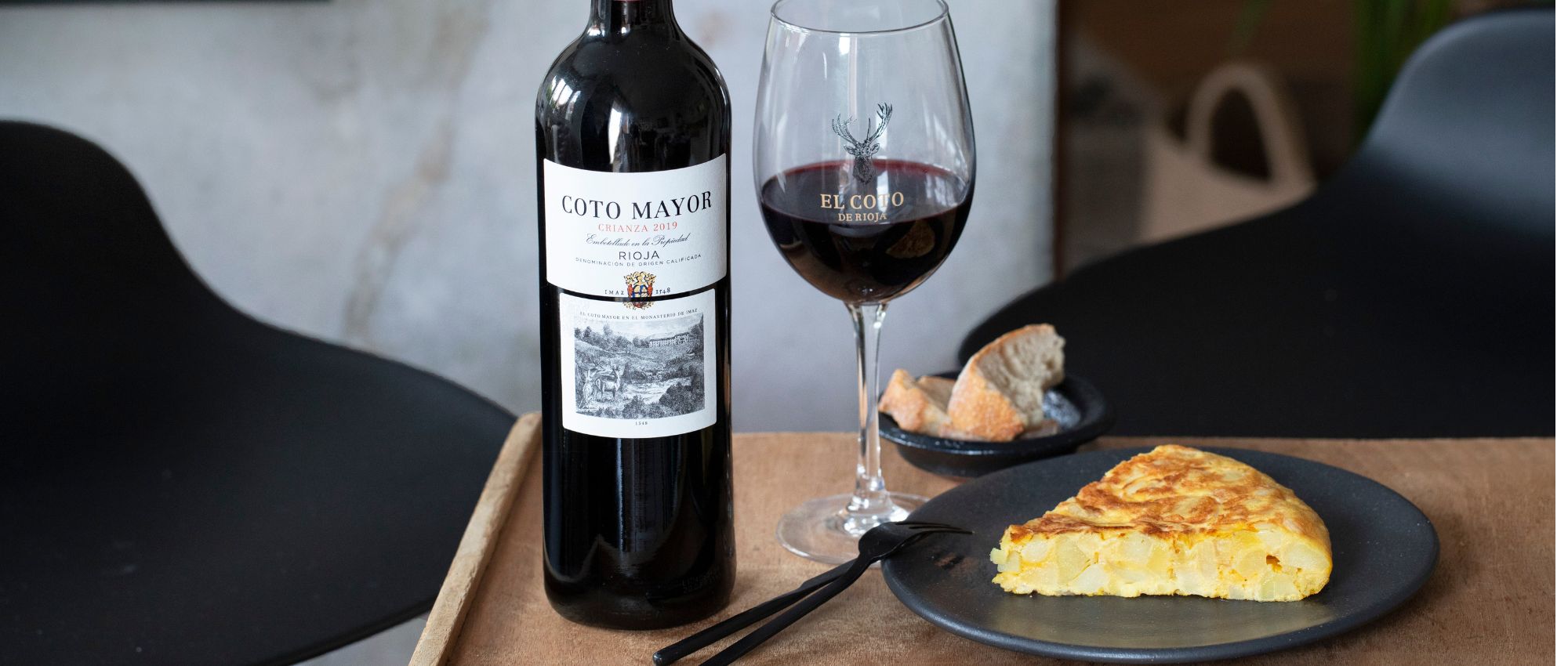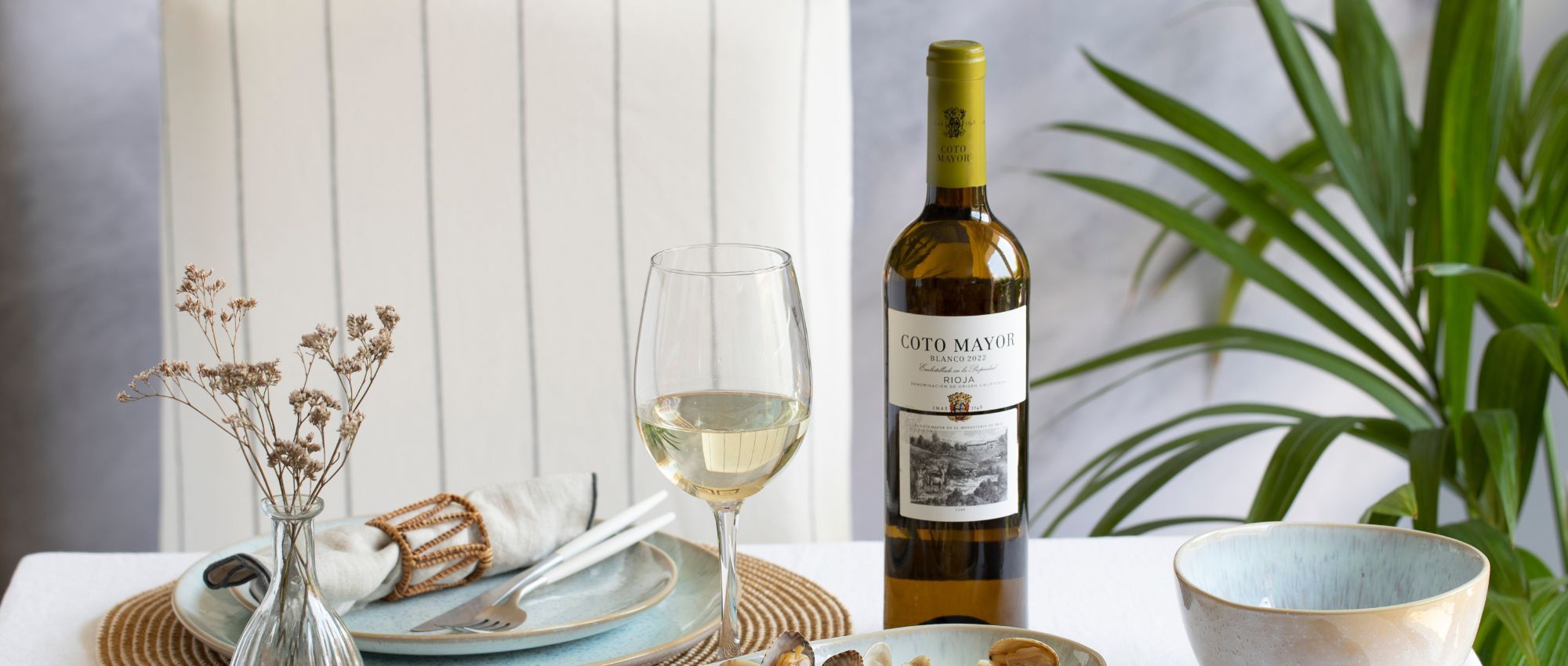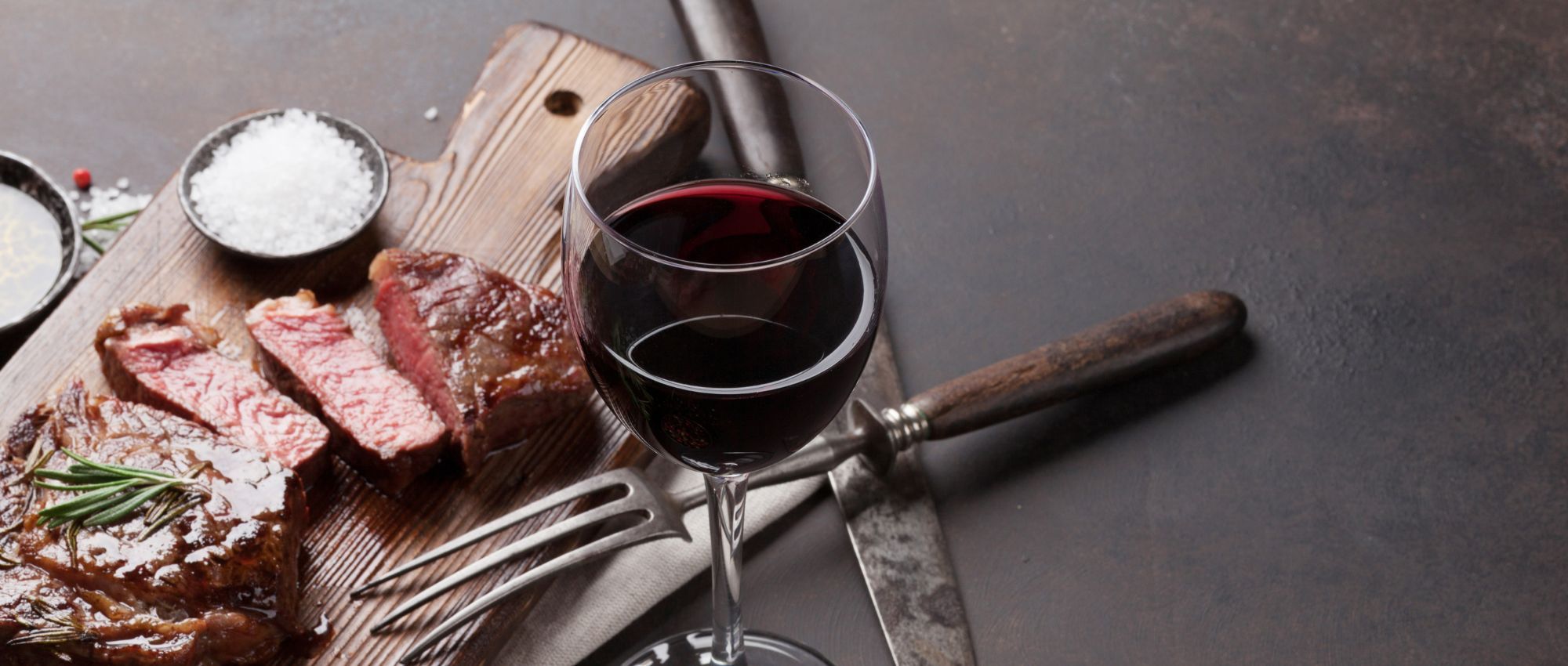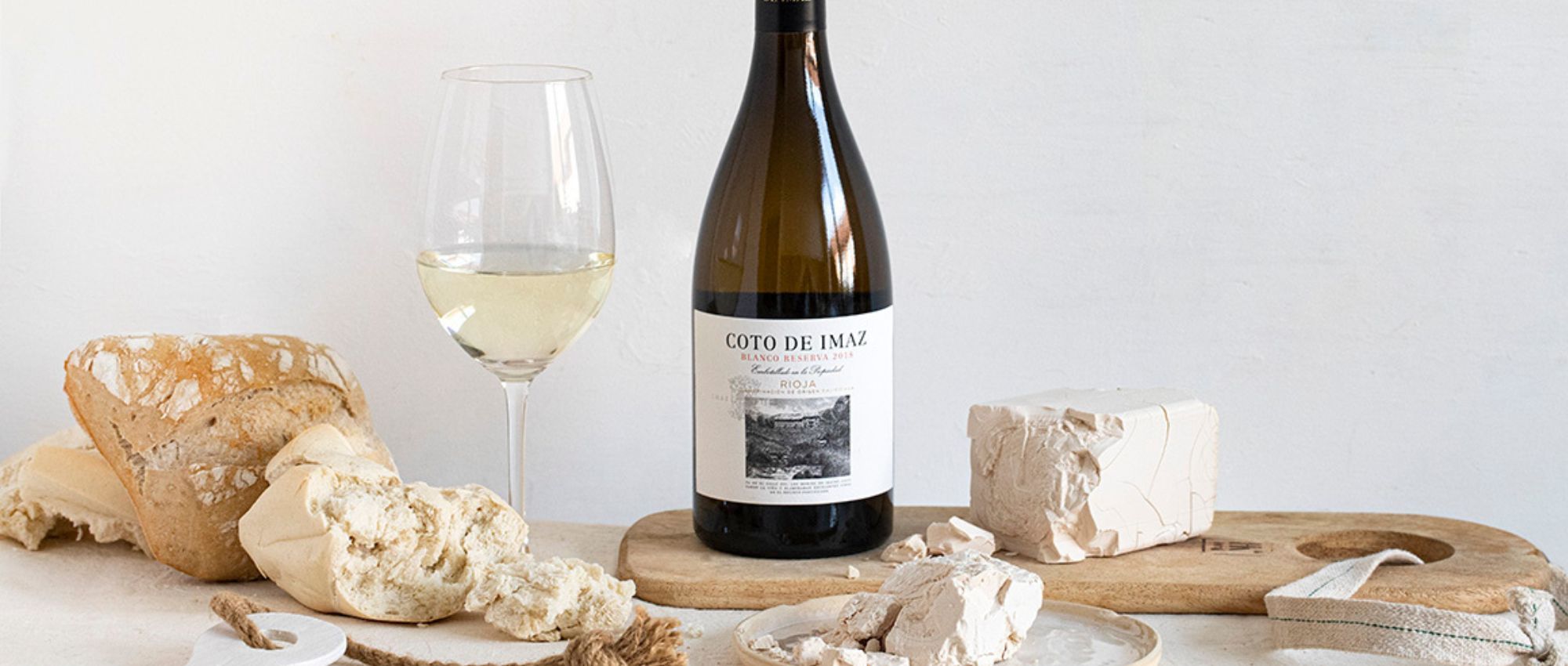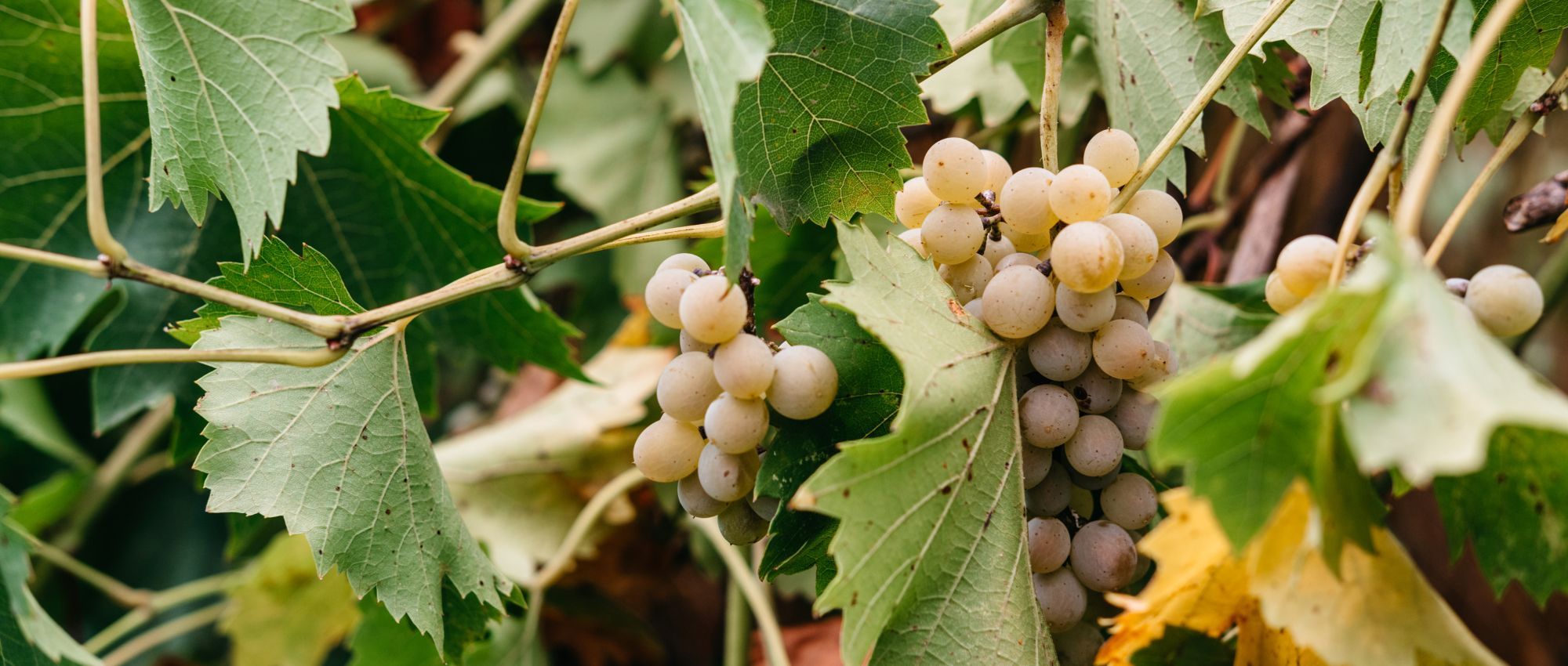
Viura Grape: Characteristics and Types of Wines
The Viura grape, also known as the Macabeo, is the most widely planted white grape variety in La Rioja. Its ease of cultivation and generous yield have made it one of the most popular white grape varieties in Spain. Let’s learn more about its characteristics!
The Viura grape has been part of the wine culture in La Rioja for centuries. In the past, it was added in small quantities to red wines to enhance their acidity and freshness. This practice has mostly disappeared today, although the Viura has gained prominence as white Rioja wines have gained popularity among wine lovers.
With the establishment of the DOCa Rioja Regulatory Council in 1926, the Viura grape was listed as one of the three authorised white grape varieties. White Grenache and Malvasia made up the other two.
Thanks to its affinity for warm sunlight, this grape variety has spread beyond Spain’s borders, reaching the southern region of France. It is predominantly produced in the Languedoc-Roussillon region, where it is known as Macabeu. It is most commonly used to create blends with other local white grape varieties.
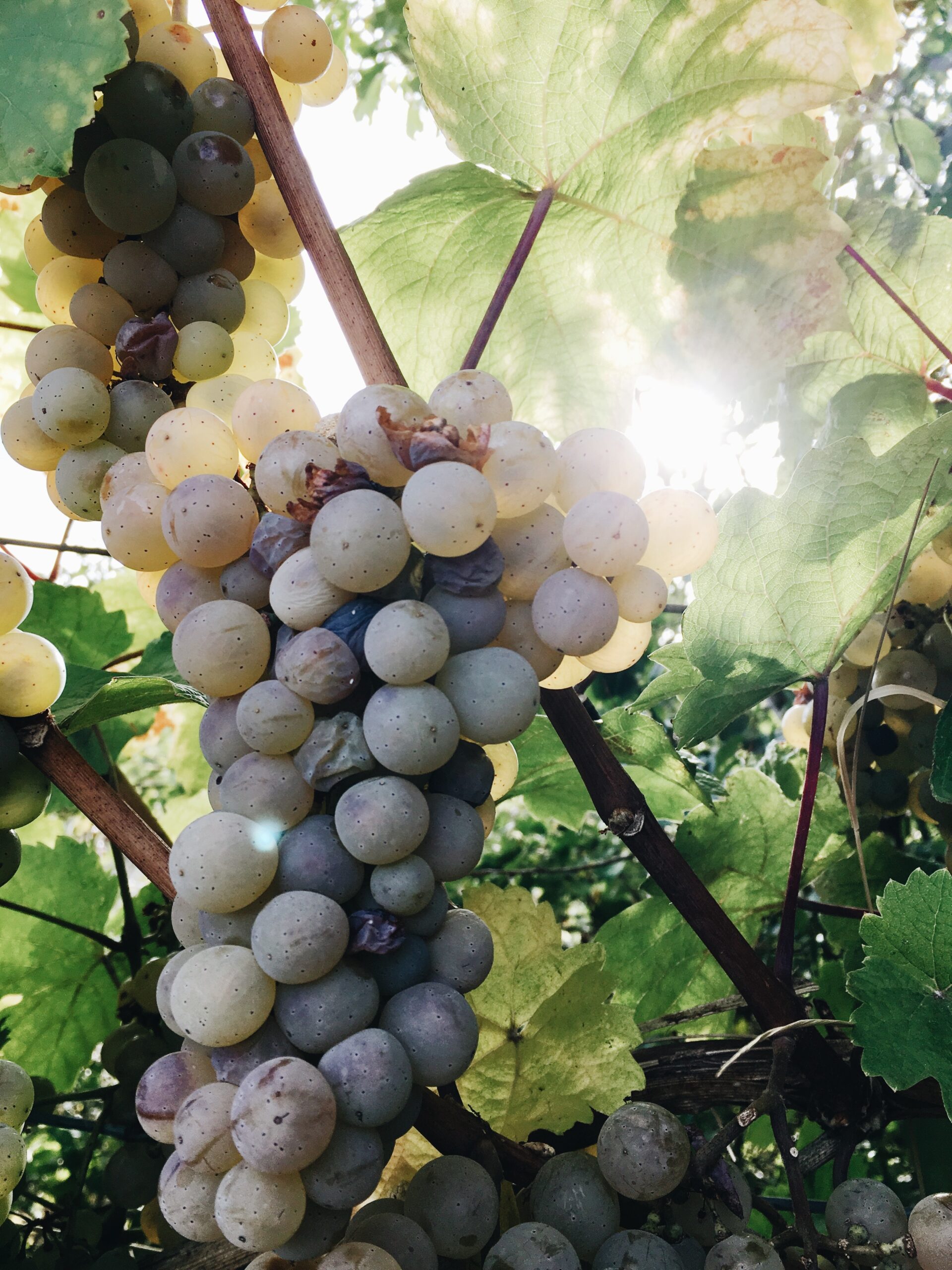
Main characteristics of the Viura grape
The Macabeo is one of the most widely planted grapes in Spain and is used in many of its wine regions. In Catalonia, for example, the Viura is one of the three main grapes used to produce Cava, along with the Xarel-lo and Parellada varieties.
It is a fairly adaptable grape variety, although it does not thrive well in excessively humid or dry climates. From a winemaker’s perspective, the Viura has suffered from being labelled a rather bland and low-aromatic grape. However, it exhibits pleasant flavours of orchard fruits, often blended with other varieties to enhance its character.
On the other hand, for some, the neutrality of this grape is considered an advantage. For instance, Cava producers appreciate it because it absorbs secondary flavours well when in contact with lees during winemaking in the winery. In regions like La Rioja, where the Viura has been cultivated for decades, there are low-yielding vineyards that produce more complex flavours and are well-suited for oak ageing.
When Viura grapes are harvested early, they showcase flavours of grapefruit with pronounced acidity. However, when harvested later, the wines tend to have more oak flavours.
When tasting Viura, you will encounter fruity aromas accompanied by floral notes. Sometimes, there may also be hints of anise. Wines made with this grape variety tend to be fresh and have good acidity.
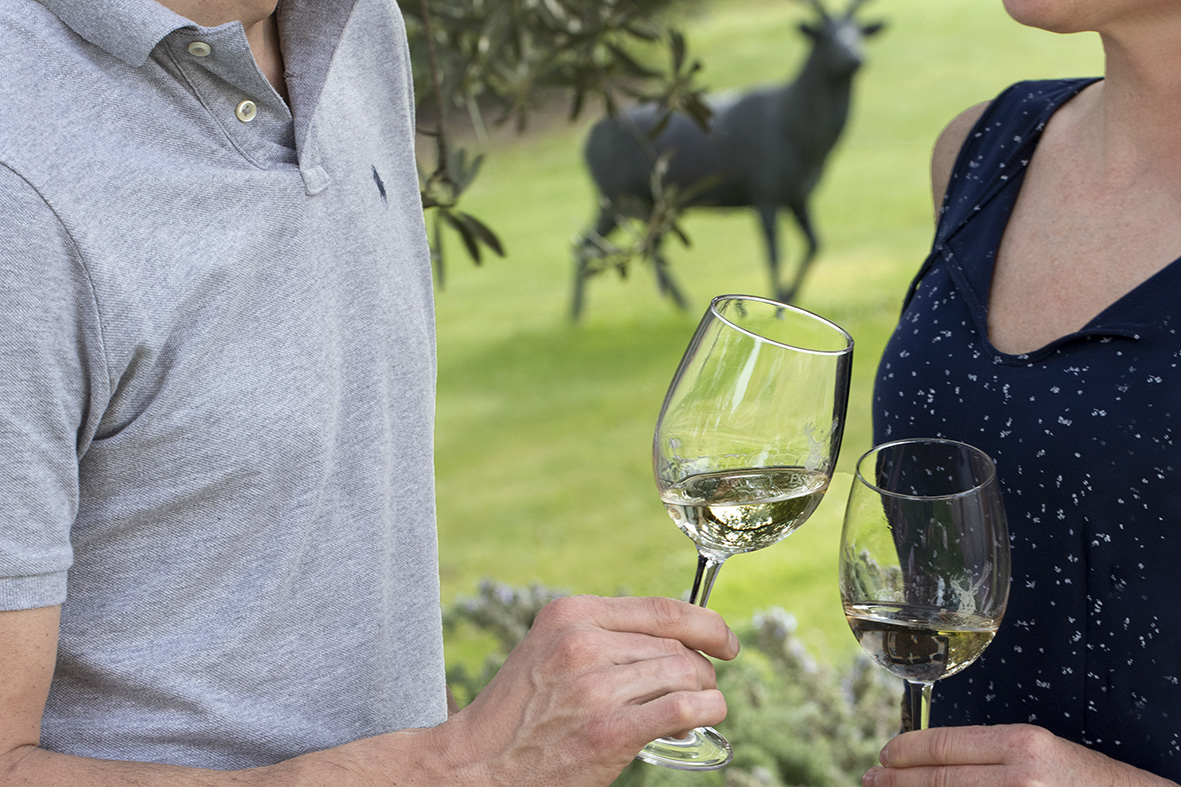
Types of Viura wines
This grape variety is adaptable, versatile and highly valued among winemakers, which is why it is featured in a multitude of wine styles. In La Rioja, the variety has traditionally been used to produce long-aged oxidative white wines. The Viura is also a key ingredient in Cava production.
Similar to Chardonnay, it can acquire the desired character chosen by the winemaker, whether that’s an easy-drinking option or a more structured wine. It can yield dry and crisp wines, delightful sparkling wines and voluptuous whites often aged in new oak barrels.
Wines made with Viura can be very elegant and develop more flavour intensity and complexity over the years. The typical colour of Viura wines is pale yellow with greenish hues.
It has a low alcohol volume, and regardless of whether it’s a white wine or Cava, it has low levels of potassium and oxidase.
Despite being one of Spain’s most prolific grapes, the Viura has never garnered much recognition. It is rarely mentioned on wine bottle labels and is usually blended and marketed under a regional designation of origin.
This is a European tradition that emphasises origin and terroir over varietal flavours. Nevertheless, the Macabeo grape holds a prominent place in the most prestigious white wines of La Rioja.
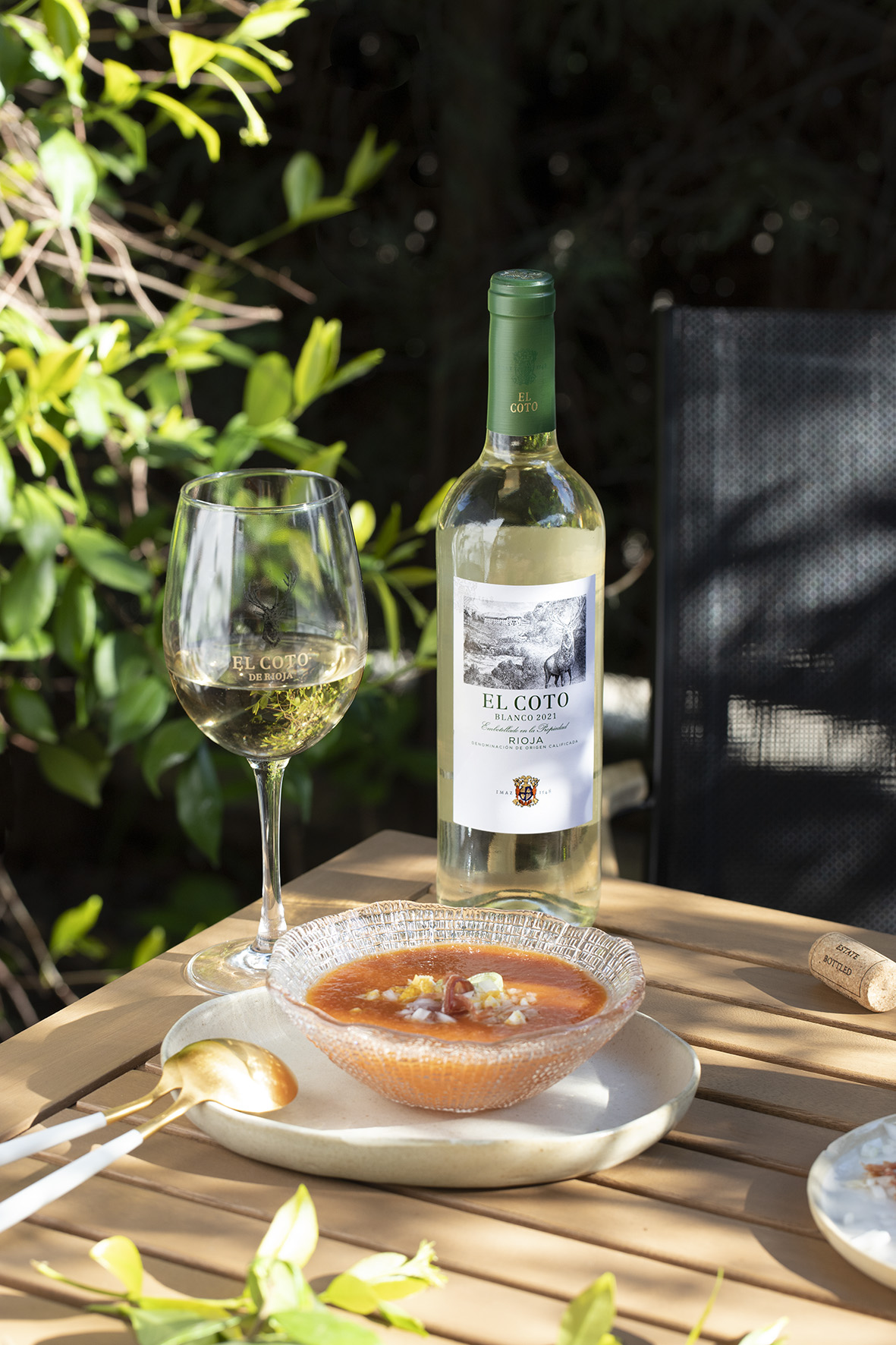
El Coto Blanco made with Viura grapes
El Coto Blanco is one of our DOCa Rioja wines. This wine features citrus notes and a refreshing mouthfeel. It is made with Viura, Verdejo and Sauvignon Blanc grape varieties.
For the vinification of this white Rioja wine, we use grapes from our Finca Carbonera vineyard. The grapes are instantly cooled in an inert atmosphere. From that moment on, and throughout the entire winemaking process, they are maintained at very low temperatures to achieve maximum quality and refined aromas.
When the grapes arrive at the winery for vinification, they are protected from oxidation with a carbon dioxide curtain. Pressing is carried out using pneumatic presses, followed by clarification and must cleaning. Once the cleaning process is completed, fermentation takes place with selected yeasts at a very low temperature. This promotes the development of white fruit aromas.
El Coto de Rioja is renowned for its white wine as the largest wine producer in La Rioja with its own vineyard. We are committed to innovation and have a great variety of grape varieties and wine types. Our winery boasts one of the most extensive ranges of white wines in Spain. You can discover all our wines at:
Like any white wine, Viura wines are the perfect accompaniment to baked or grilled fish dishes and shellfish. They also pair well with seafood paellas, risottos and soups and casseroles.
Serve your cheese board or roasted vegetable dish with a glass of El Coto Blanco served between 7 and 8 °C.
But wait, there’s more! Learn more about the characteristics of other grape varieties with our articles:






